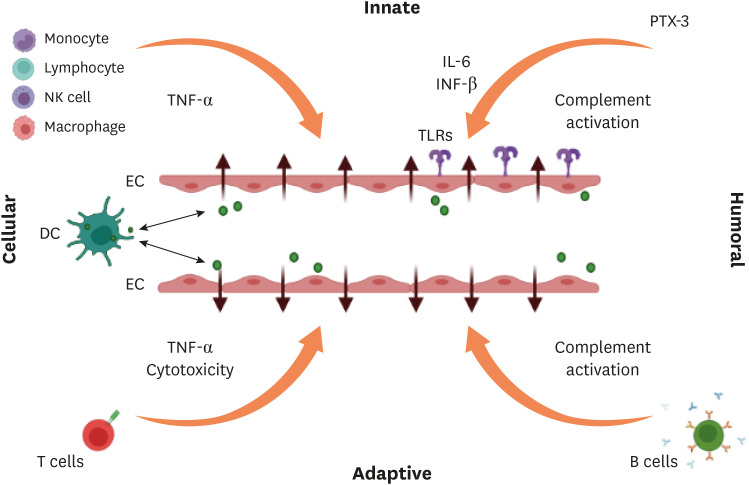Figure 2. Proposed immune response of hantavirus causing endothelial barrier disruption.
Both humoral and cellular components of innate and adaptive immune systems may cause vascular leakage. In response to hantavirus-infected ECs, neutrophils release inflammatory cytokines like TNF-α which enhance vascular permeability directly or indirectly. The humoral pattern recognition receptor PTX3 and antibodies activate complement system. DCs can transport the virus from lung tissue to ECs of the microvasculature in other organs, or they can get infected after interacting with virus-infected ECs. As hantavirus-infected DCs mature, they move to draining lymph nodes, where they provoke an aggressive CD8+ T cell response. Activated complement components causes cytoskeletal modifications in ECs, which contributes to the ECs barrier’s dysfunction. TLRs detect hantavirus and trigger immune response. B-cells produce antibodies of various subclass.
TNF, tumor necrosis factor; IL, interleukin; INF, interferon; PTX, pentraxin-related protein-3; TLR, toll-like receptor; NK, natural killer; DC, dendritic cell; EC, endothelial cell.

